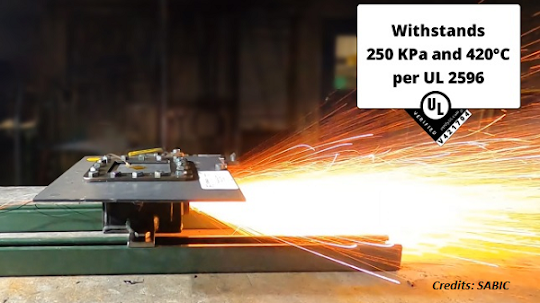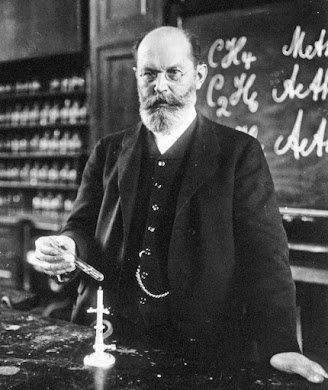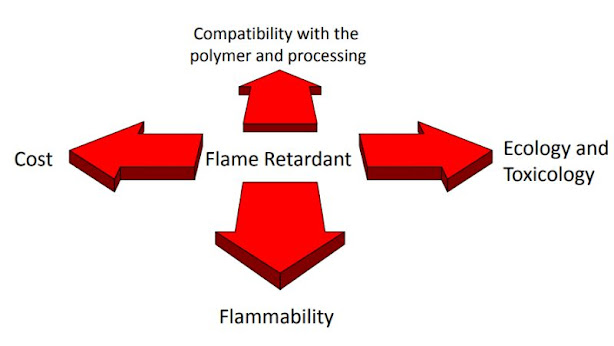SABIC’s Glass Fiber-reinforced Copolymer Earns UL Verified Mark

SABIC announced that its #STAMAX™ 30YH570 resin has earned the UL Verified Mark from Underwriters Laboratories. This 30% #glass fiber-reinforced copolymer resin, a featured product offered under the company’s BLUEHERO™ electrification initiative, is the first polymer used in electric vehicle (EV) battery systems to receive UL Verification for marketing claims of thermal and mechanical performance. UL Verification, based on an objective, scientific assessment by a respected third party, can give customers high confidence in the flame delay performance of this product. Milestone in Evolving EV Battery Systems: The vast majority of EV batteries perform without issues throughout their useful life. Although thermal runaway incidents are extremely infrequent, the safety-conscious automotive industry is highly focused on ensuring that the design and performance of EV battery systems prolong the time available to exit a vehicle by delaying the propagation of a fire beyond the battery pack fo



